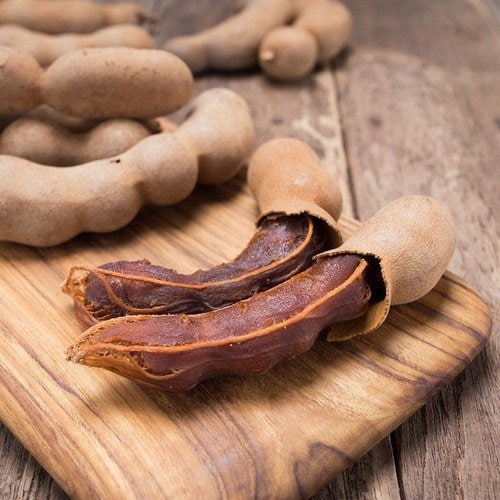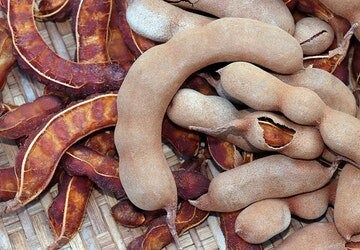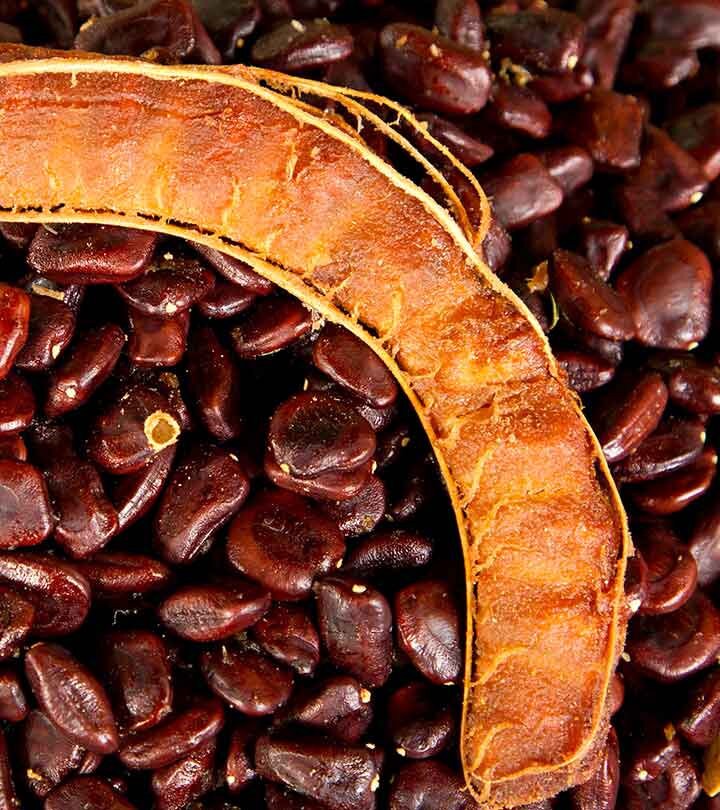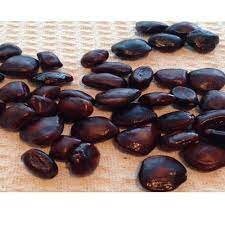ELCTA
Ceylon Tamarind seeds, grow in a pot , as a bush or tree, TAMARINDUS INDICA , bonsai herb seeds for home
Ceylon Tamarind seeds, grow in a pot , as a bush or tree, TAMARINDUS INDICA , bonsai herb seeds for home
Couldn't load pickup availability
Tamarind (tamarindus indica)
Native to tropical Africa and naturalized around the world. The Tamarind is an attractive tree valued for its shade and edible fruit. The foliage is bright green, dense, pinnate, and feathery in appearance. The leaflets close at night. The inconspicuous, inch-wide, five-petaled flowers are borne in small racemes and are yellow with orange or red streaks. The flower buds are pink due to the outer color of the four sepals which are shed when the flower opens. The Tamarind is long-lived and slow-growing. Prized as bonsai due to the very attractive rough bark that it develops. Makes a great indoor bonsai.
How To Take Proper Care Of Your Indoor Bonsai Tree
Bonsai is the reproduction of natural tree forms in miniature. This art form has its origin in Japan and China where it has been practiced for centuries. Bonsai are grown in pots and are totally dependent on you for their care.
With proper care, your bonsai will remain healthy, beautiful, and miniature for many years to come. Since your bonsai is a living miniature tree, it will increase in beauty as it matures through the years. The instructions below are just the basics and, therefore, we recommend that you purchase one of the many fine books available on the subject.
PLACEMENT SPRING, SUMMER & FALL
The Flowering Tamarind bonsai tree will thrive indoors in high light and appreciates being kept outdoors during the spring and summer. When nighttime temperatures drop below 45 degrees we suggest that you place the tree on a windowsill or on a table in front of one.
PLACEMENT WINTER
Once nightly lows begin approaching the 45-degree mark, it is time to bring your indoor bonsai inside. The ideal indoor location is on a window sill facing south. An east or west exposure is second best. A northern exposure will work but will necessitate the use of "grow lights" to provide sufficient light to keep your bonsai healthy. Four to six hours of sunlight per day should suffice. If you can provide more, so much the better.
WATERING
The watering of your bonsai must never be neglected. Apply water before the soil appears dry -- never allow the soil to become completely dry. It is a good idea to use a moisture meter until you get to know the requirements of your bonsai tree. Water should be applied until it begins running out of the holes in the bottom of your pot. It doesn’t really matter “how” you water your tree, but rather that when you are finished the tree has been well watered.
HUMIDITY
During the cold months, when your bonsai is inside, we recommend placing it in a shallow tray filled with a layer of gravel with water added. This provides extra moisture around the tree as the water evaporates and reduces the amount of moisture lost to modern heating systems.
FERTILIZING
Fertilizing is also necessary if your bonsai is to remain healthy and beautiful. Since your bonsai is growing in such a small amount of soil it is necessary to replenish the soil's supply of nutrients periodically. Any general-purpose liquid fertilizer will do fine and is available at most garden centers. We suggest that fertilizers be used at half their recommended strength. Fertilizer should be applied at least once a month except during winter. Your bonsai will also respond well to foliar feeding, with a water-soluble fertilizer applied every other month as a spray.
TRAINING
This brief explanation of basic care does not cover training. Training deals with the art of bonsai and should be thoroughly understood before undertaking -- or left to a professional. However, most of the true bonsai trees you find have already been through their training period, thus requiring only periodic trimming and pinching to remain miniature.
TRIMMING & PINCHING
Trimming and pinching keep your tree miniature. Pinch and trim back the new growth to the farthest safe point. Never should all of the new growth be removed. A little should be left to sustain the health of the tree. Tropical and sub-tropical trees used for bonsai will require periodic pinching and trimming throughout the year. Since different trees grow at different rates, it is necessary to evaluate each tree’s rate of growth and adjust your trimming and pinching to accommodate it.
Share







